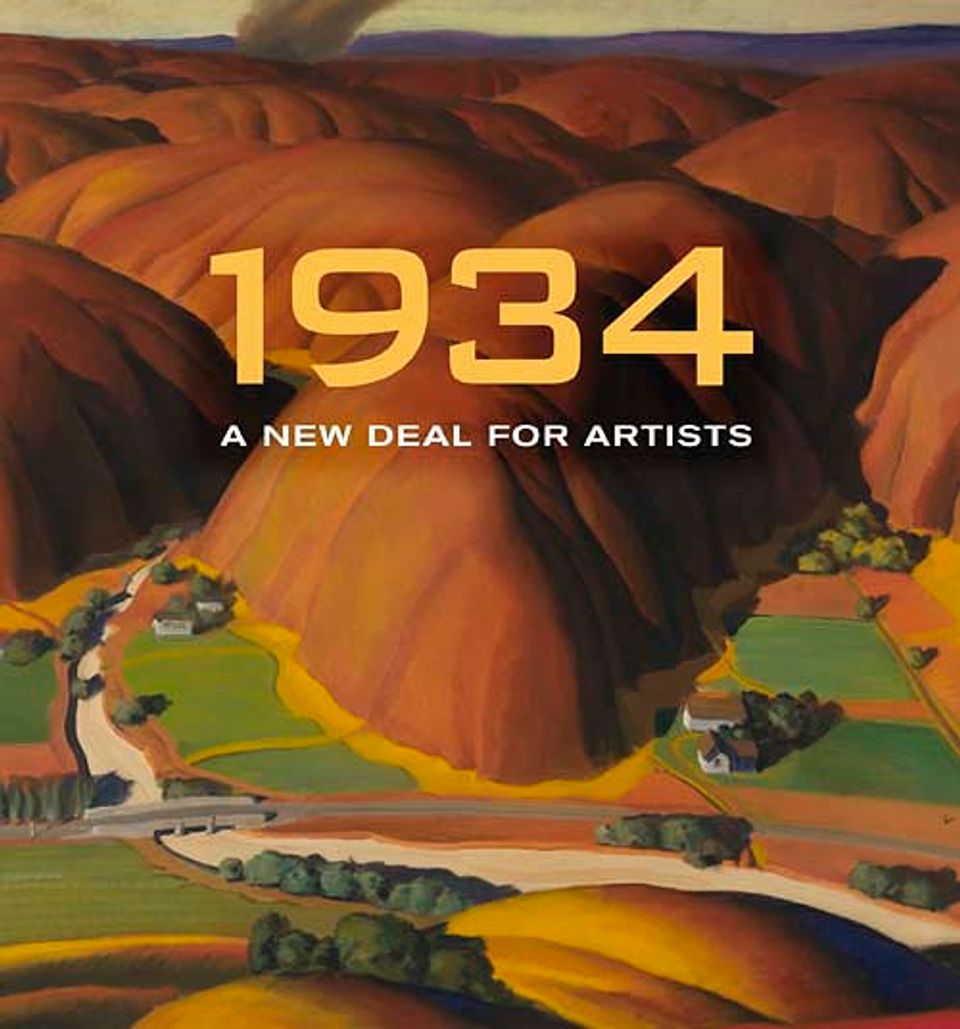Artwork Details
- Title
- Engine House and Bunkers
- Artist
- Date
- 1934
- Location
- Not on view
- Dimensions
- 38 x 50 1⁄4 in. (96.5 x 127.6 cm.)
- Credit Line
- Transfer from the U.S. Department of Labor
- Mediums
- Mediums Description
- oil on canvas
- Classifications
- Subjects
- Architecture — machine — engine
- Architecture — industry — factory
- Architecture — industry — railroad yard
- Landscape — bird’s eye view
- Architecture — vehicle — train
- Object Number
- 1964.1.46
Artwork Description
Mecklem detailed his composition in a letter to Juliana Force, chairman of the New York Regional Committee of the PWAP:
"For subject matter I have chosen a familiar railroad scene with strong dramatic possibilities. It includes machine-shops—[an] engine house—bunkers—roundtable—water-tank and tracks stretching into the middle distance where a river and the buildings of a small town are discernable. The buildings in the foreground arrange in an angular pattern contrasted by the horizontal feeling of the town structures and the river bank, emphasizing the dynamic aspect of the scene. Distant hills faintly seen through a rain-swept sky complete the composition."
1934: A New Deal for Artists exhibition label
This painting shows a station in a busy industrial city, with curved railway lines leading in and out of the buildings. The smoke from the factories and engines fills the sky and creates a hazy view of the factories and workers' houses in the distance. The freight trains, smoke stack, and crane symbolize new growth and construction and, together with the warm colors, evoke a thriving, productive metropolis. Austin Mecklem emphasized this energy by incorporating many spiraling forms, from the radiating train tracks and conical silo roof to the glowing edges of clouds arcing in the sky.















